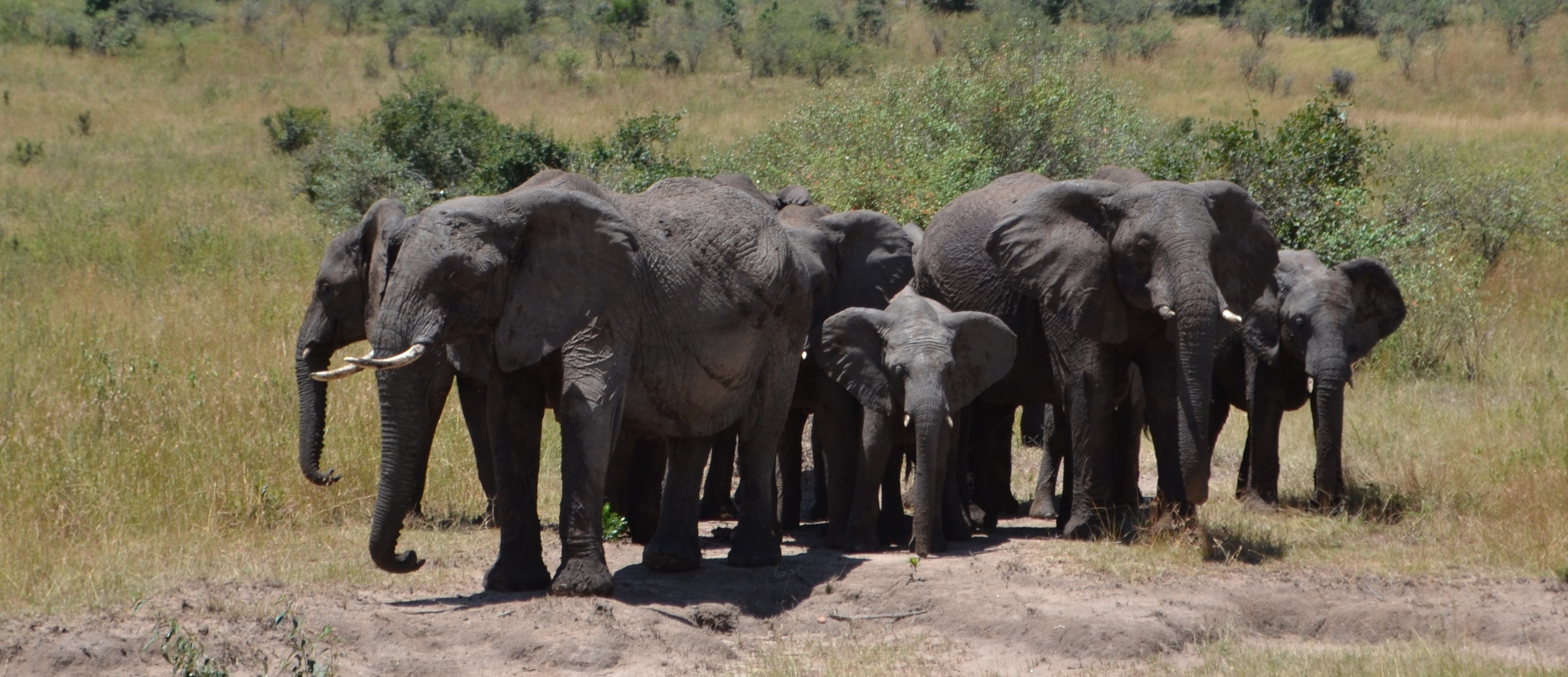Big Data can be utilized for solving Big Problems such as animal conservation.
The United States has a history of destroying habitats and wildlife populations – but also restoring some with herculean effort.
In the 1930s Great Depression, the Dust Bowl was created by over consumption of a continent of rich resources. The lost bountiful wheat plains of the US not only spawned desperate economic times but also spurred deadly dust storms that proved sickly and lethal to crop dwellers. It would take federal intervention to stop the destruction. With the Dust Bowl effects, wild fowl became almost instinct. It would take a dedicated cadre of volunteers – an unlikely hero of hunters – to save thousands of species. Ducks Unlimited was and is today an international, volunteer effort.
Today the US still toes a strong line by allowing agriculture and construction to balance with protecting animal and cultural heritage locally, while icons such as the bison and Ted Turner contend in much more public controversies. Conservation is a delicate entente at best but its effects can change individuals, communities and cultures.
So … why do we care how many elephants are in Africa?
Elephants are killed by poachers for their tusks, as are rhinos for their horns. Illegally procured, these black market gems are worth ten to a hundred times their amount once out of their native country and they finance more criminal activity as well as terrorism. Their destruction is causing a traumatic socio-economic implosion that is being felt worldwide.
Saving Elephants in Africa is one example of environmental challenges felt locally reaching globally. The struggle to save elephants and rhinos and lions and ecosystems and the cultures that depend on them are poignant to every region or country. Counting elephants is a perfect opportunity to utilize Big Data to solve Big Problems.


